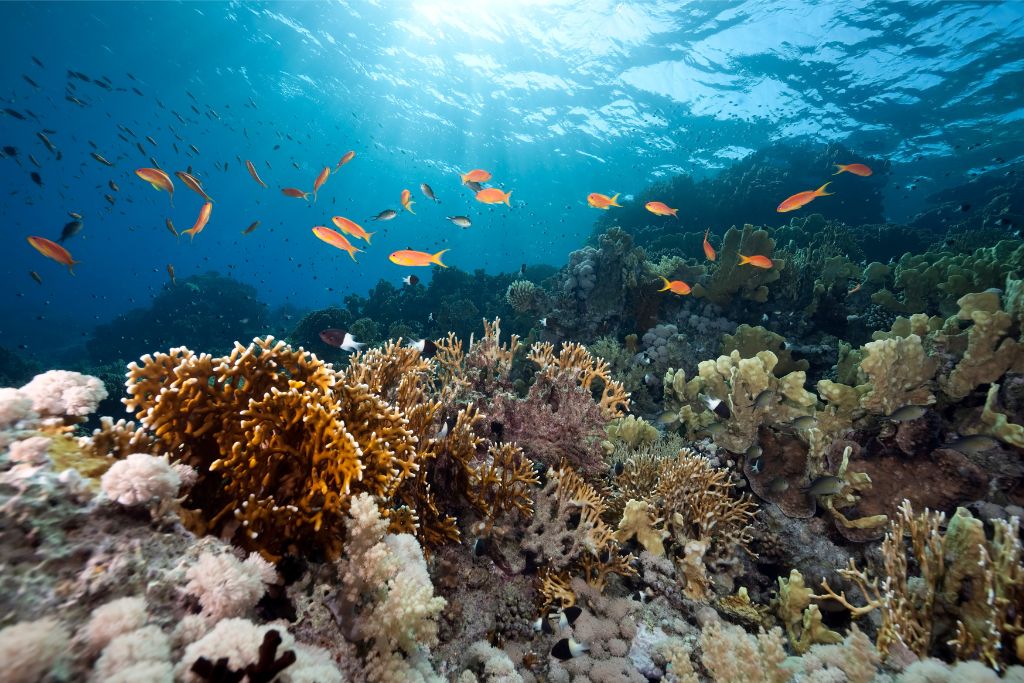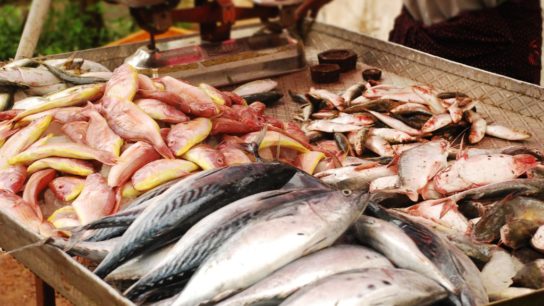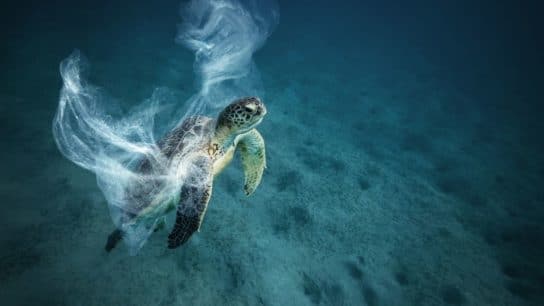Drastically reversing prior marine protections, US President Donald Trump recently signed a proclamation opening the Pacific Remote Islands Marine National Monument (PRIMNM) to commercial fishing. Conservationists are worried this move will erase years of biodiversity progress in the zone, and fear it is a stark example of commercial interests being prioritized over environmental stewardship.
—
Announced last month, the Trump administration’s America First Fishing Policy reverses protections that restricted commercial fishing across nearly 500,000 square miles of Pacific waters. The restrictions were designed to protect the space, home to coral reefs, endangered species like the coconut crab and hawksbill turtle, and migratory fish populations such as the bumphead parrotfish.
According to Trump, commercial fishing, when appropriately managed, does not harm “objects of scientific and historic interest” that the PRIMNM protects. He further argues that because tuna and similar fish are migratory and not permanent residents of the monument’s waters, opening the space to commercial fishing would not necessarily harm them.
The PRIMNM, recently renamed the Pacific Islands Heritage Marine National Monument by the Trump administration, includes US remote Pacific territories such as Baker, Howland, and Jarvis islands; Johnston, Wake, and Palmyra atolls; and Kingman Reef, located roughly 750 miles southwest of the islands of Hawaii.
The president’s order is speculated to have come from increasing pressures from fishing industry groups, who claim that banning fishing in the past has not resulted in much environmental success, and only decreased economic profitability. The US commercial fishing fleet, when well-regulated, “is not only compatible with conservation goals but also vital to national food security, economic resilience and maritime presence in the Pacific”, said Western Pacific Regional Fishery Management Council chair Taulapapa William Sword.
Scientists and environmentalists, however, remain sceptical.
Marine biologists have warned that the decision will create chaos for ocean ecosystems already burdened with the pressure of warming waters and acidification. The PRIMNM is considered one of the more untouched marine environments in the world, with living coral ecosystems, rare bird species, and crucial migratory corridors.
“This is one of the most pristine tropical marine environments in the world that already faces dire threats from climate change and ocean acidification,” said David Henkin, an attorney in Earthjustice’s Mid-Pacific Office, adding that “we will do everything in our power to protect the Monument.”
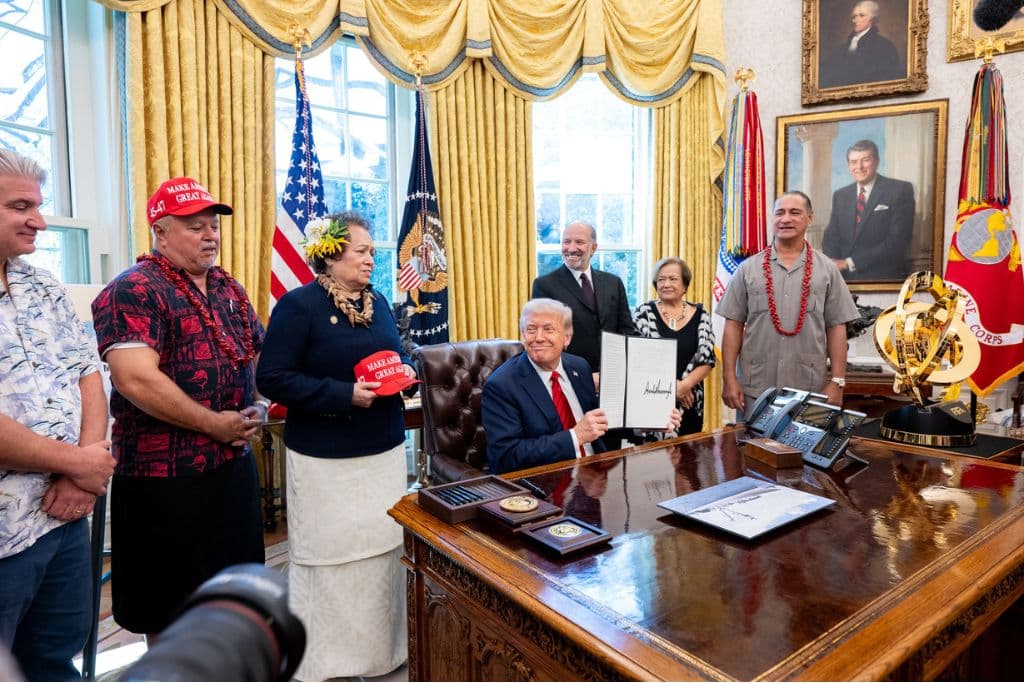
Fish First
Trump’s proclamation echoes a common industry argument – that the prior ban from his predecessors did little to stop overfishing since tuna and numerous other fish species are migratory. But experts say that is a misunderstanding of what marine protected areas are.
“MPAs act as safe havens for marine life,” notes the National Oceanic and Atmospheric Administration (NOAA). These areas provide crucial spaces to support the life cycles of numerous marine species, creating healthy, resilient ocean ecosystems.
Environmental specialists warn that the rollback opens the door for deregulation in federal waters, part of Trump’s wider effort to derank environmental protections when prioritized with economic growth.
Critics say Trump’s fishing order is only the start to more environmental hardships, especially in terms of marine life and ocean conservation.
“When we protect the oceans, we’re really protecting ourselves,” said Sandy Aylesworth, Director of the Pacific Initiative for the Natural Resources Defense Council, adding that expanding protections is crucial to prepare ocean ecosystems for future stressors like climate change and industrial exploitation.
You might also like: 100 Days of Trump: How the US Overturned Years of Climate Progress
Legal Challenges Ahead
The order is already facing legal resistance, with Earthjustice and other environmental groups announcing plans to sue the administration.
“We will do everything in our power to protect the Monument,” said David Henkin, an attorney with Earthjustice’s Mid-Pacific Office. “This environment is already facing dire threats from climate change and ocean acidification – we cannot afford to let industrial fishing compound that damage.”
Senator Brian Schatz of Hawaii acknowledged past bipartisan conservation and restoration efforts in the Pacific Ocean, warning that Trump’s order effectively reverses the progress achieved. “We should be protecting the Pacificʻs unmatched ecology and biodiversity for future generations – this order does the opposite,” Schatz said in a statement, media outlets reported.
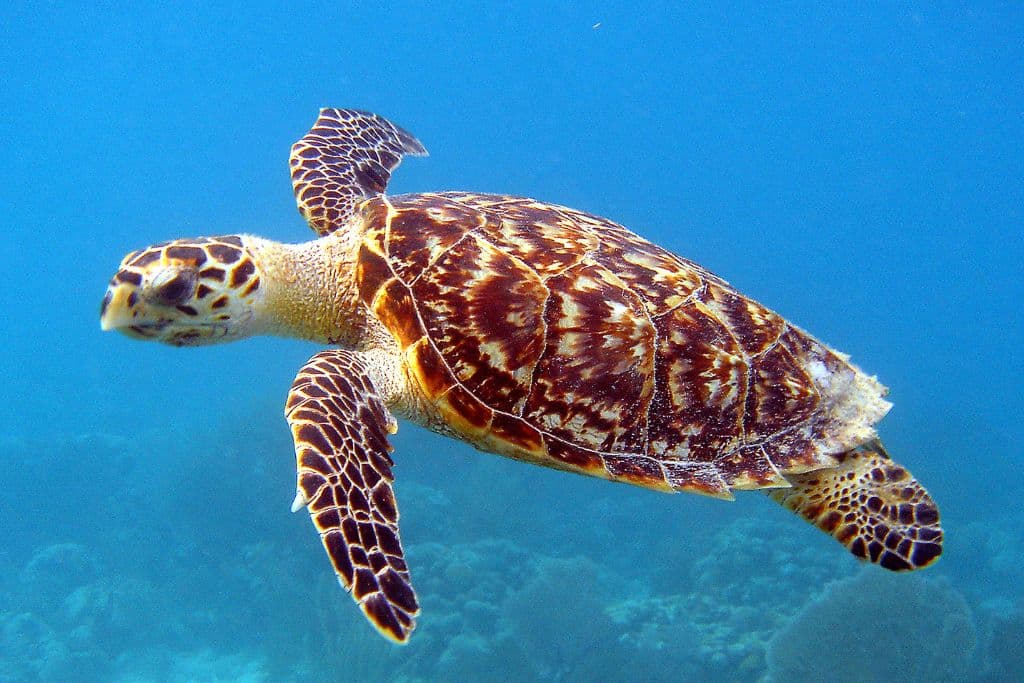
The PRIMNM was first created by former president George W. Bush in 2009 and dramatically expanded by his successor Barack Obama in 2014. The Biden administration in 2023 attempted to expand protected sanctuaries to over 770,000 square miles of ocean – the creation of the Chumash Heritage National Marine Sanctuary off the coast of Central California was part of these efforts.
The Economic Argument
The White House fact sheet lists the benefits for American Samoa and Hawaii’s fishing economies, yet skepticism remains over whether Trump’s decision is actually beneficial.
Bureau of Environmental and Coastal Quality acting administrator Floyd Masga stated that “opening national monuments to commercial fishing threatens fragile ecosystems, endangers species, disrupts spawning and migration, and risks overfishing key stocks like tuna and bottomfish.”
Not everyone, however, was critical of Trumpʻs order. Eric Kingma, Executive Director of the Hawaii Longline Association, believes it marks a return to balanced ocean policy. “Sustainable fisheries and ocean protection can be achieved together. Previous presidents misused the Antiquities Act to lock up ocean areas critical to local economies,” he said.
Hawaii’s commercial longline fleet, a $100-million-a-year industry, has faced declining profits in recent years. Those in favor of Trump’s agenda say that protections and international competition, especially competition with less supervision, have made the fleet less of a threat.
Kitty Simonds, Executive Director of the Western Pacific Fishery Management Council and a known critic of marine monuments, stood beside Trump while he signed the executive order. She warned that any more area designated a marine sanctuary would have threatened American Samoa’s tuna industry, putting both jobs and local economy at risk.
The Bottom Line
Trump’s decision to reopen PRIMNM to commercial fishing represents a reversal of global momentum to preserve the oceans in the face of climate collapse.
As marine biologist Bob Richmond put it, “This is the wrong move at the wrong time. By raiding what amounts to our children’s marine bank accounts, we are denying them a future of sustainable food from the ocean.”
This story is funded by readers like you
Our non-profit newsroom provides climate coverage free of charge and advertising. Your one-off or monthly donations play a crucial role in supporting our operations, expanding our reach, and maintaining our editorial independence.
About EO | Mission Statement | Impact & Reach | Write for us
